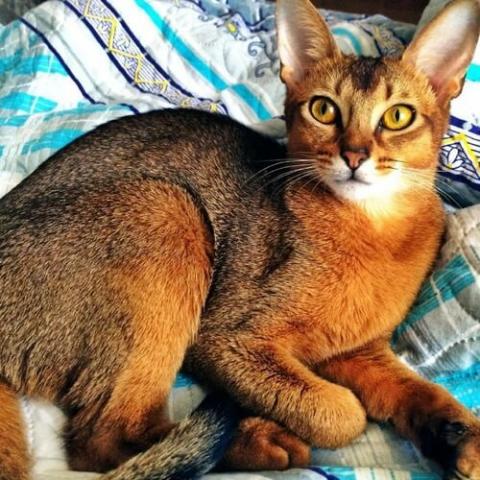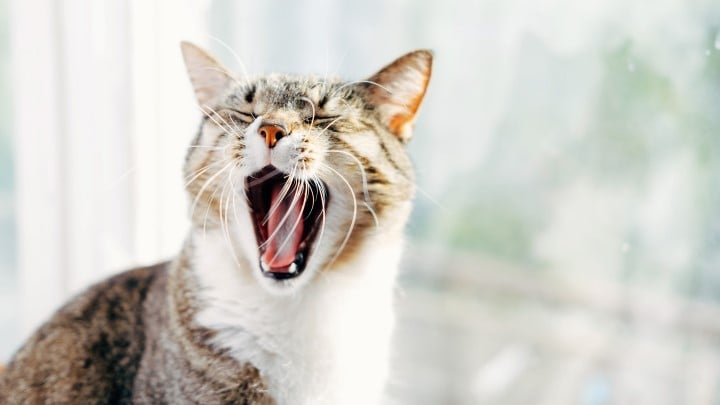tooth resorption cats client handout
The most accurate title is tooth resorption. A majority of cats affected are older than four years-old.

Feline Stomatitis Clinician S Brief
Tooth resorption is a condition in cats where their body starts to break down and absorb the structures of a tooth.

. Tooth resorption in cats unfortunately often goes undiagnosed. Tooth resorption starts when odontoclast cells begin to. Your veterinarian will comment on the teeth and gums during the.
Teeth from TR cats were much more likely 60 to have microscopic resorptive lesions than teeth from TR-free cats 8. Total Ear Canal Ablation and Ventral Bulla Osteotomy TECA for End-Stage. FRLs are painful lesions that can affect any and all teeth and affect s up to 60.
Cats with clinically missing teeth have also been. Feline odontoclastic resorption lesions FORLs are a common 20-75 dental disease in cats over 4 years of age. Your veterinarian may call it a cervical line lesion a neck lesion or a feline odontoclastic resorptive lesion FORL.
Tooth Resorption in Cats. Common feline dental problem. Alveolar osteitis is a relatively common condition that is the result of chronic periodontal disease in cats.
Tooth resorption is common in the domestic cat and the incidence has been reported to increase with increasing age. Seen in cats and is defi ned as infl ammation of the oral mucosa. Topical Therapy for Skin Conditions in Dogs and Cats.
Cats Teeth Examination for Cat Owners. One of the most common yet most undiagnosed conditions that affect cats are feline resorptive lesions FRLs. These microscopic lesions were all located at the mid root or.
Incidence reports list a range from 30 to 60 for cats affected by this oral condition. These resorptions have also been called cavities neck lesions external or internal root absorptions. Tooth resorption is a destructive.
Tooth Resorption Cats. Feline odontoclastic resorption lesions FORLs are a common 20-75 dental disease in cats over 4 years of age. Type I tooth resorption results in focal loss of dental hard tissue with retention of the.
FRLs are painful lesions that can affect any. Type 2 resorption is seen in otherwise healthy mouths. A brief discussion of a very complex painful and frustrating.
In this disease cells known as odontoclasts which originate in the bone. There are two main types of tooth resorption identified on dental radiographs in cats type I and type II. A brief discussion of a very complex painful and frustrating condition seen commonly in cats.
It takes an English sentence. Tooth Resorption Cats. 12 Risk factors include increasing age and the presence of other dental disease including additional.
Toothbrushing and Dental Prophylaxis in Cats and Dogs. Tooth resorption is the most common dental disease in cats 20-80 of all cats have tooth resorption Tooth resorption is much less common in dogs Tooth resorption is rare in people.
Tooth Resorption In Dogs And Cats Vetbloom Blog
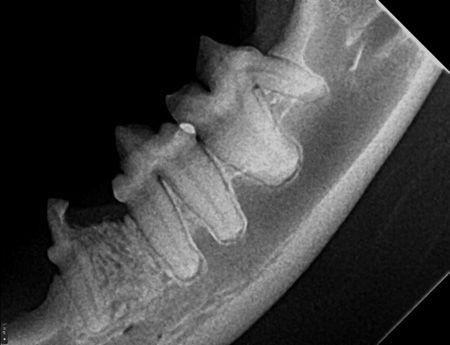
Tooth Resorption Name It To Tame It In Your Veterinary Patients
Tooth Resorption In Dogs And Cats Vetbloom Blog
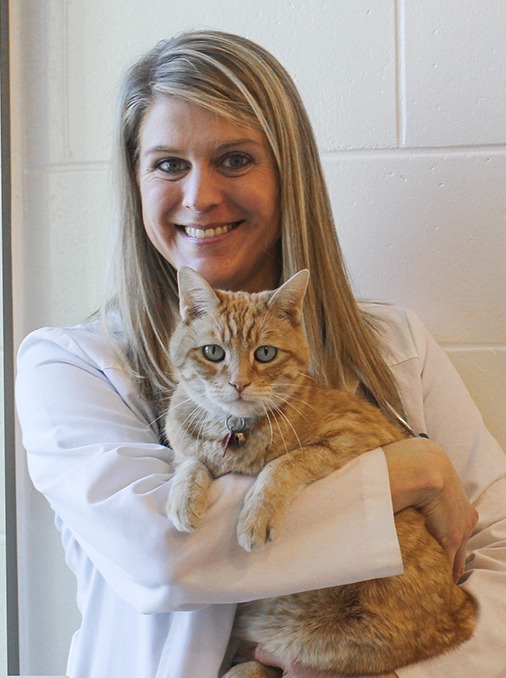
Canine And Feline Extractions And Dealing With Common Complications Mspca Angell
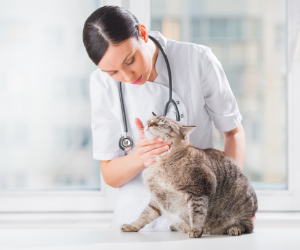
Dental Disease And Tooth Resorption In Cats

Dental Radiographic Evaluation Of Feline Odontoclastic Resorptive Lesions Forls A Case Report Wsava 2015 Congress Vin

Resorptive Lesions In Cats An Update The Veterinary Nurse

Gingivostomatitis Advanced Animal Dentistry

Tooth Resorption In Cats Symptoms Treatment Prevention Basepaws
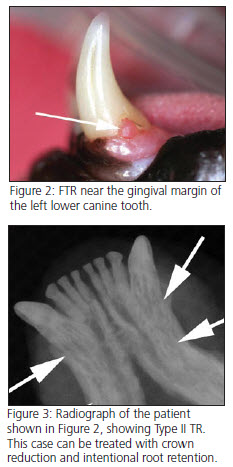
Feline Tooth Resorption Montana Pet Dentistry Oral Surgery

Tooth Resorption And Stomatitis Town Centre Veterinary Hospital

Dental Disease And Tooth Resorption In Cats

Hill S Prescription Diet T D Dry Cat Food
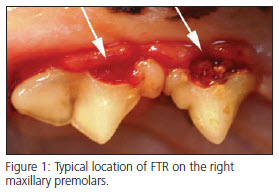
Feline Tooth Resorption Montana Pet Dentistry Oral Surgery
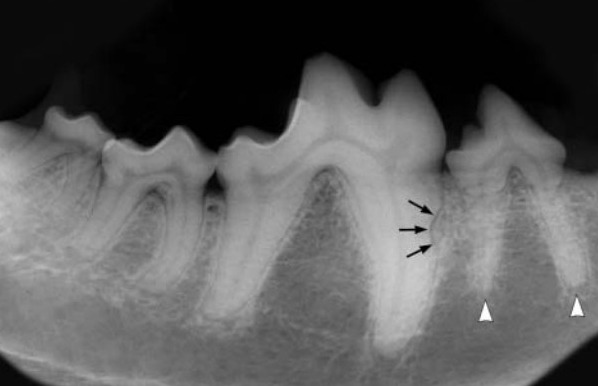
Tooth Resorption In Dogs Mspca Angell
Tooth Resorption In Dogs And Cats Vetbloom Blog

Frequently Asked Questions Re Veterinary Dentistry Two Rivers Veterinary Clinic
